The Rising Importance of Video Analytics in Smart Cities
Discover why smart cities worldwide use in AI-powered video analytics to enhance traffic management, public safety, and urban infrastructure. Learn how Isarsoft Perception transforms city surveillance into real-time insights that improve efficiency and safety.
Published
April 2, 2025

Why Smart Cities Are Investing in Video Analytics
An ever-increasing urban population in cities worldwide remains a vital problem to tackle, as the population must be controlled without sacrificing safety and efficiency.
Poorly maintained roadways, insufficiently protected citizens, and strained public infrastructure disrupt daily life, lead to economic stagnation, and waste valuable resources.
The resolution? AI-powered Video Analytics. This technology transforms even the most mundane video footage into valuable, actionable data, which allows cities to improve their mobility, traffic control, public security, and infrastructure maintenance.
Although the possibilities are limitless, many cities encounter common problems during implementation, such as privacy issues and scalability.
This is why Isarsoft Perception delivers powerful, wide-reaching, and privacy-observing analytics solutions that enable smart cities to flourish in a highly dynamic and sophisticated era.
Now, let’s look at how AI-powered video analytics revolutionises urban management.
Improving Public Safety and Security
Regardless of the widespread AI application for video surveillance in public spaces like streets, buses, airports and parks, manual checking is almost always guaranteed to be inefficient. AI video analytics circumvent these issues by:
- Real-time Threat Detection: Using AI with innovative cameras, security personnel can remotely monitor an area and, at the same time, receive and process footage in real time. These cameras track unattended objects, uninvited guests, and dubious actions, which are instantly reported to maximize public benefit.
- Crowd Control: Identifying and addressing an overcrowded region can help circumvent stampedes, riots, infrastructure-related emergencies, and violence.
- Facial and License Plate Detection: advanced video analysis assists authorities in identifying suspects or tracking stolen vehicles, improving safety outcomes.
These capabilities significantly improve incident response times and bolster crime prevention, making cities safer for residents and visitors.

Managing Transportation and Traffic Systems
Another objective concerning smart cities is traffic congestion, bottlenecks, road accidents, and inefficient traffic circulation in the town. Video AI assists in the optimization of Traffic Management Systems by:
- Intelligent cameras with AI automatically track vehicle and pedestrian movements. This real-time traffic monitoring enables immediate signal adjustments to ensure efficient traffic management.
- Augmenting the effectiveness of public transport systems: Tracking occupancy on buses and trains helps in timely scheduling and routing.
- Traffic red-light running violation detection: Systems for automating control compartments for running red traffic lights, exceeding speed limits, and parking in non-parking areas provide means to enhance order observance on roadway traffic.
Integrating autonomous vehicles and bright IoT-based traffic lights with video analytics enhances urban mobility in cities and decreases travel time and emissions.
Enhancing Building and City Planning Strategy
With the advancement of modern technologies, the demand for adequate urban infrastructure continues to increase. Video analytics is essential in the creation of infrastructure maintenance, as well as monitoring systems by:
- Assessment of ‘Before and After’ infrastructure projects: Video cameras articulate the processes related to trash collection and overflowing receptacles, which assist in maintaining the cleanliness of city streets.
- Better management control of collection services: Video cameras articulate the processes related to trash collection and overflowing receptacles, resulting in cleaner city streets.
- Modernized street lighting: Streetlights adapt to environmental circumstances by changing their brightness.
These conclusions facilitate resource allocation and urban development systematically and efficiently.
Enhancing Public Services and the Citizen Experience
Smart cities strive to improve residents’ and visitors’ livability, efficiency, and satisfaction. Enhancing the citizen experience is one of the primary goals such cities seek to achieve. With the continuous growth of the urban population, cities are under immense logistics pressures to provide urban services while ensuring both ease and safety.
AI-powered Video Analytics caters to these issues by allowing the holistic monitoring and enhancement of public services within a city. Isarsoft Perception provides for easy scaling through the following:
- Intelligent Parking Systems: AI-based cameras photograph available parking spaces and guide drivers to these spots, saving time, enhancing convenience, and reducing traffic congestion.
- Retail and Commercial Insights: Videography footage can enhance service-related decisions. It provides a wide range of functionalities, including the capability to analyze customers’ movement patterns within a retail business and adjust services accordingly.
- Environmental Monitoring: Dump sites or even air quality cameras can assist cities in identifying and tracking pollution sources and air quality-related problems so that timely action can be taken to resolve such issues.
Smart cities can harness Smart City Video Analytics to Isarsoft Perception to improve effective and affordable public service and heighten citizen satisfaction.

Comparing Smart Cities with and without AI-Powered Video Analytics
Through the lenses of safety management, emergency response activities, efficiency in infrastructure deployment, and traffic management, video analytics powered by AI technology transform smart cities. The disparity between cities that harness these systems and those that do not demonstrates AI technology's advantage across various sectors.
Traffic Congestion
As the McKinsey Global Institute stated, AI traffic systems implemented in London and Zurich have improved commuting times by 20%. In Zurich, AI systems actively control traffic during peak hours by changing the traffic lights according to real-time information.
The utilization of London’s AI-augmented “Real-Time Optimiser” for traffic lights is revolutionizing time delays and has enhanced the quality of air (Economist Impact).
Cities without AI surveillance cameras, like Dublin and Bucharest, face significant difficulties due to the lack of these technologies. This results in congestion issues that lead to a loss of over 150 hours a year due to traffic delays (TomTom Traffic Index).
Crime Rates and Public Safety
In Stockholm and London, AI surveillance cameras are proving quite beneficial. The implementation of AI-enabled CCTV systems within Stockholm’s subway system has seen a decline of about 25% in instances of crimes like pickpocketing and robbery (Stockholm Subway Crime Study, 2024).
London also distributed AI-enhanced cameras in conjunction with impressive lighting and monitoring systems, which resulted in a 34% decline in crime rates (Deloitte Reports).
Cities without AI surveillance cameras still have to depend on patrol by police officials, leading to only little or no change in crime reduction.
Emergency Response Times
AI analytics are helping to decrease response times in smart cities by 20-35%. Nice’s integrated AI systems have greatly enhanced the police response time to incidents occurring within public transport networks (Deloitte Reports).
In comparison, cities that cannot leverage AI are forced to use manually triggered emergency responses, which results in slower response times and less work being accomplished within the same timeframe.
Infrastructure Efficiency
Barcelona and Amsterdam are integrating AI-driven video analytics to improve infrastructure monitoring. These cities enable a higher quality of service for a lower price by optimally detecting and servicing issues, including trash collection, managing traffic, and servicing other infrastructure (McKinsey Global Institute).
Without AI monitoring, other cities face higher operational costs and slower response times when dealing with problems.
The Evidence is Clear
The difference between cities with and without AI video monitoring is enormous. Automation brings better efficiency, enhanced safety, and a swifter emergency response than older systems.
Overcoming Obstacles to Implementation
Integrating video analytics into smart cities is a complex process.
Generally, cities struggle with satisfying the data guarding provisions, amalgamating with older systems, and other associated parameters, such as cost-effectiveness and integration of more advanced AI-assisted services.
These issues can slow progress, and adopting advanced AI-driven technologies could seem overwhelming.
Isarsoft Perception seeks to eliminate these challenges by:

Solving these challenges enables smart cities to implement AI video analytics with Isarsoft Perception, improving safety, mobility, and infrastructure management while allowing private and public stakeholder involvement.
Final Thoughts
With the increasing need for smart city solutions, video analytics is no longer a luxury.
Isarsoft Perception offers robust, compliant video analytics systems to augment safety, mobility, and infrastructure management.
Ready to transform your city into a more thoughtful, safer, and efficient environment?
Contact Isarsoft to discover how AI-powered video analytics can drive your city’s growth and innovation.
Optimize your business processes.
Improve business processes with video-based business intelligence from Isarsoft.
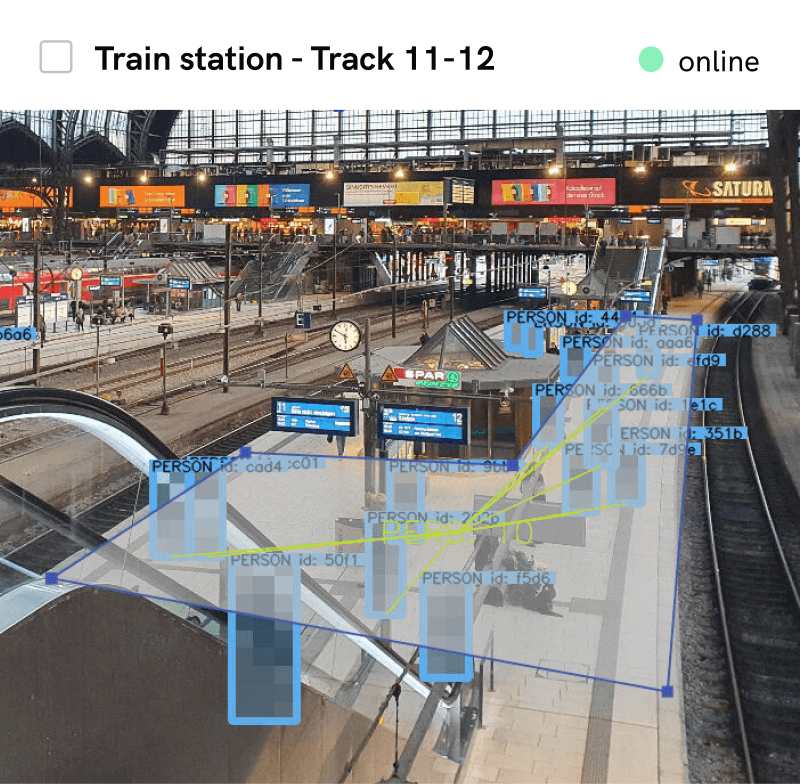
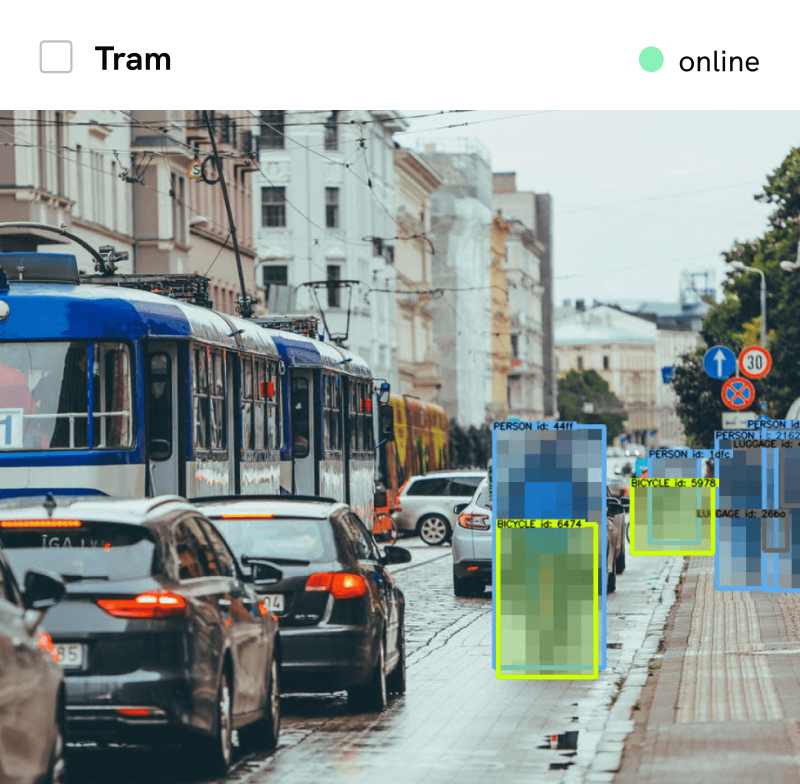
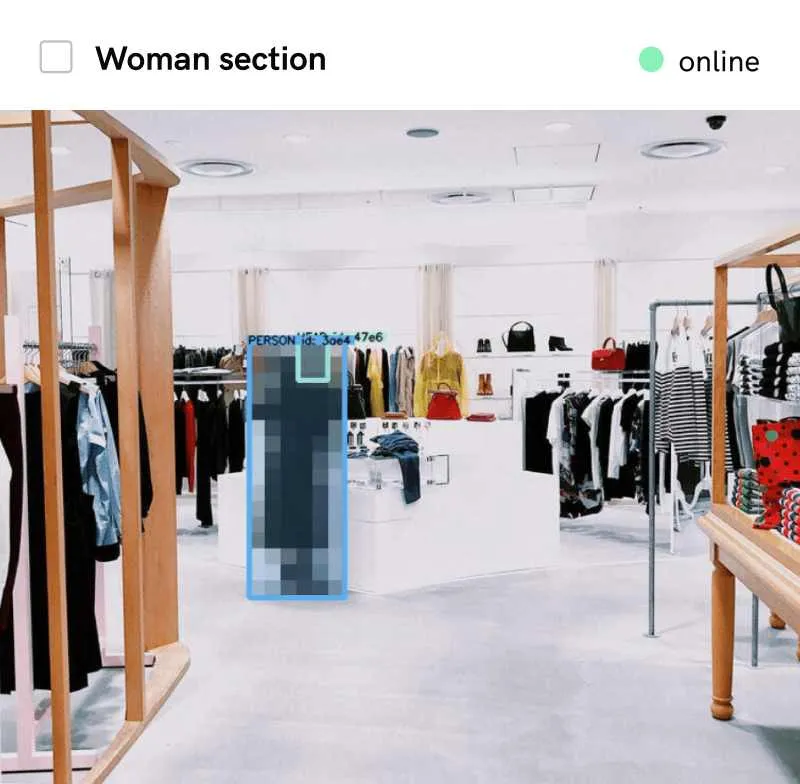
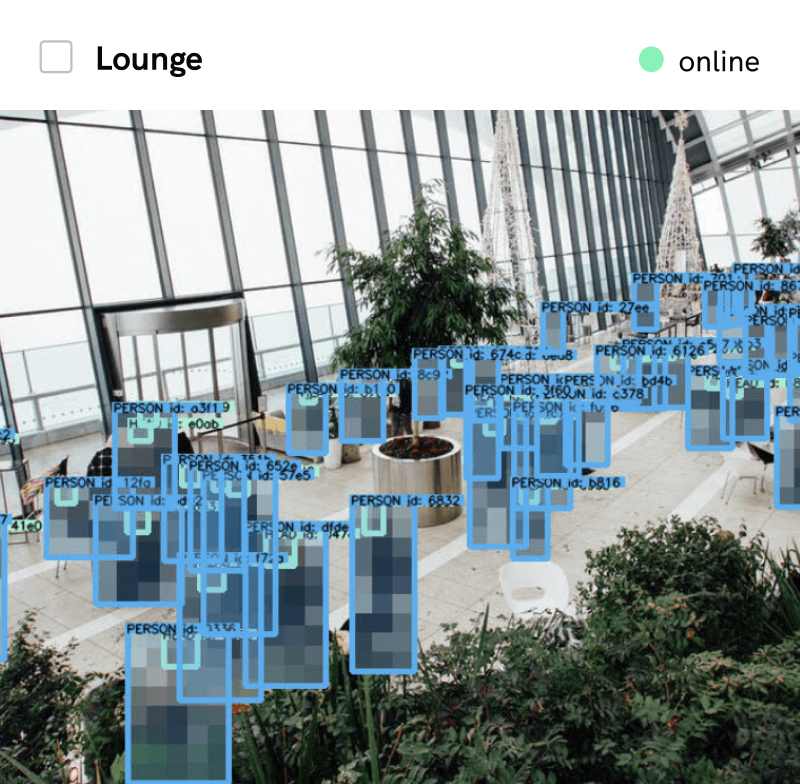
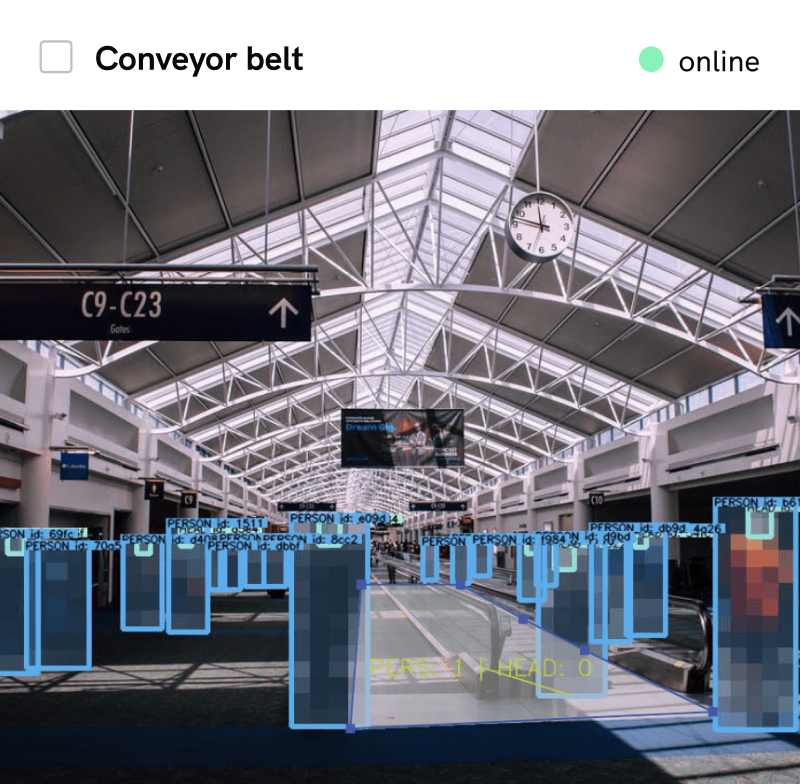


.webp)

